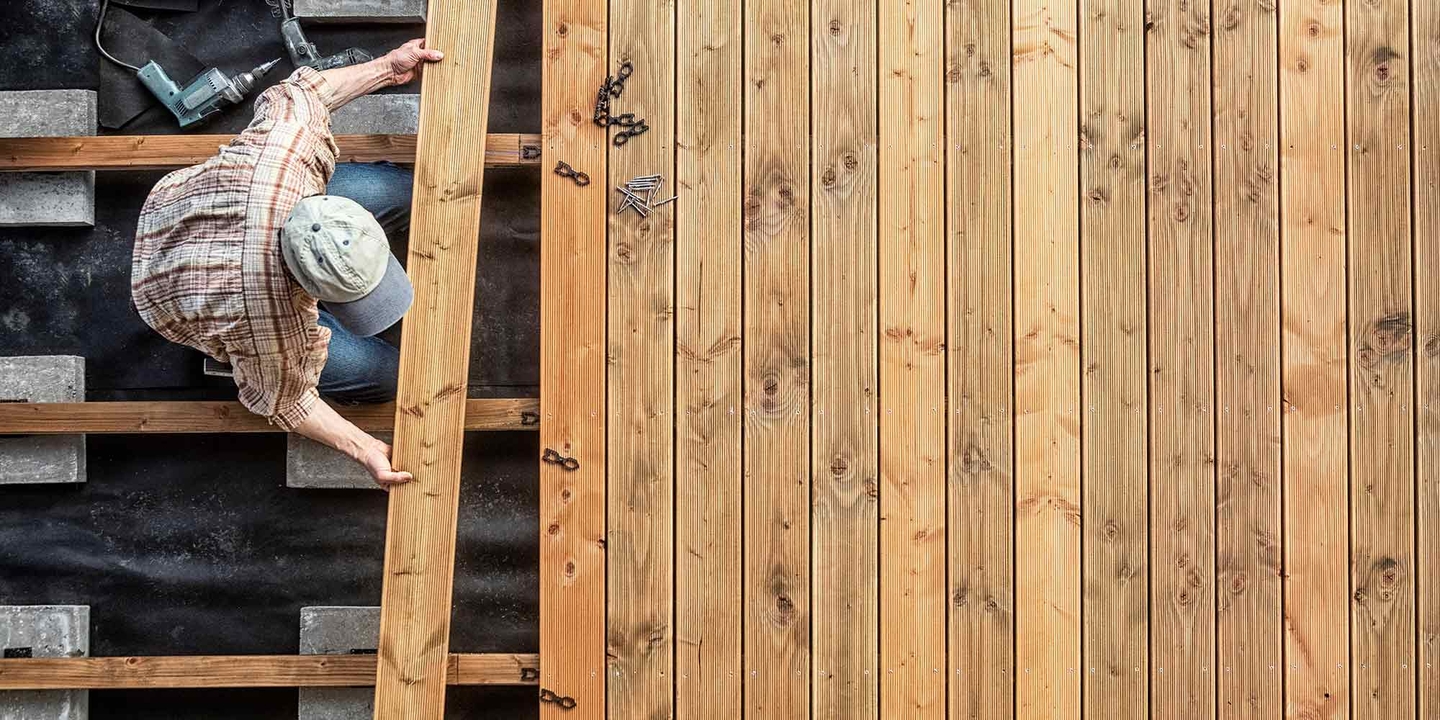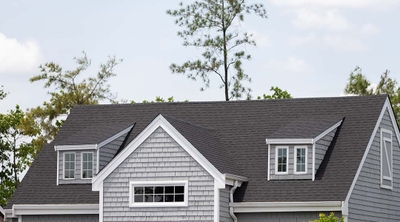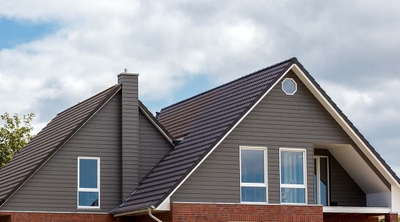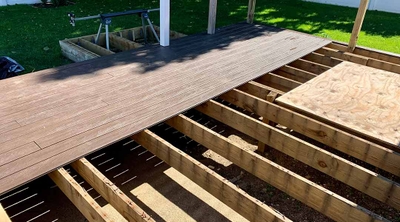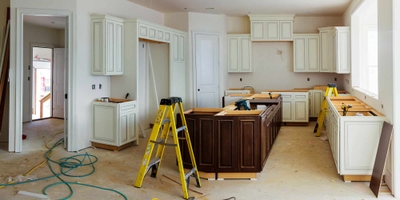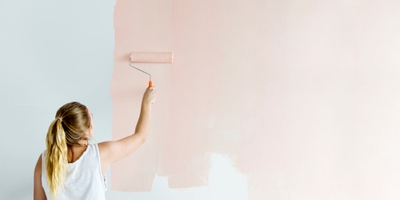What are the most common types of decks?
3 min read
An outside deck space is perfect for entertaining or passing the time on beautiful spring afternoons. However, it can be difficult to know what type of deck fits your home best. You’ll want to consider not just the style of the deck but also the best deck material to use. There are many different deck styles, including attached decks, floating decks, multi-level decks, and more.
What to consider when choosing a type of deck
Choosing the perfect deck for your home isn’t solely about deck design, deck shape or size. The terrain of your yard, the level of privacy you want, and the intended use for your deck can all impact the style of deck you build.
First, decide how you plan to use your deck. If it’s purpose is to surround your swimming pool, you’ll want a different deck design than if you want to use it for entertaining. The same holds if you want to use a deck more as a point of decor versus a destination. How you use the deck will also help you choose the best deck size. Next, consider the privacy your deck offers. If you want to place a hot tub on the deck, you’ll likely want something to help block it from view from your neighbors — perhaps a pergola or landscaping of some kind.
Finally, look at your yard. Is it mostly flat, or does it have steep slopes? Do you have a narrow front yard but more space on the side? The type of deck you build, and the type of deck material you choose, will be determined based on the layout of your yard.
Common types of decks
Decks are incredibly varied structures. Here are a few styles of decks to consider.
Attached deck
An attached deck is the most common type of deck. If you’ve ever stepped out of a door and onto a deck, you stood on an attached deck.
Detached/floating deck
A detached or floating deck isn’t connected directly to the house. It’s connected to the home through a pathway or walkway, such as a garden path, which is an ideal option if you live in an area with rough terrain. You can build a floating deck above the ground to compensate for uneven or rocky areas.
Swimming pool deck
A swimming pool deck takes water resistance and safety into consideration. Many people choose a swimming pool deck over stone around the pool since the wood won’t get as hot and slippery.
Multi-level deck
A multilevel deck is an excellent solution if your property has a steep, sloping yard. You can build a multilevel deck with elevation changes in mind. Different levels are connected by steps, creating much more usable space in a backyard that would otherwise go untouched.
Rooftop deck
A rooftop deck can be a great option if you want outdoor space, but your yard is too small. If your home has a flat roof, you might be able to have a rooftop deck constructed that allows you to entertain while offering a great view of your neighborhood. These are common in urban areas, but HOAs often have rules about rooftop decks.
What are the best types of deck materials?
Although there are different options for the longest lasting decking material, wood and composite are the two most common types.
Wood
Wood decking material might come in pressure-treated wood or cedar decking. You might also choose a hardwood like Ipe or Tigerwood, but these carry a higher price point. Hardwood is much more durable and won’t rot and decay as quickly as pressure-treated wood. Wood decks also require regular maintenance, such as painting, sealing, and staining, to prevent warping and splintering.
Composite
Composite decking is made from various materials, such as plastic and wood fibers, and comes in various colors. Composite decking is popular because it requires less maintenance than wood and is considered a longer lasting deck material, lasting 25 years or more. It’s usually more expensive than traditional wood, but its longer lifespan covers that upfront cost. If your deck gets full sun, consider that composite decking can get very hot if it doesn’t have cooling technology to reduce heat absorption.
PVC
PVC decking material is like composite but contains no wood fibers. It is also far more durable than wood and won’t rot or be vulnerable to termites. PVC comes in a wide variety of color options. The downside is that it’s much more expensive than most other types of decking materials.
Tips for building a deck
You can choose a deck design to build yourself or hire a landscape architect to draw deck designs for you. The same goes for building a deck. You can DIY it, or you can hire a contractor. When hiring, be sure you know what questions to ask your contractor. Setting clear expectations can prevent headaches during construction.
Speaking of headaches, understanding how your homeowners insurance works while renovating can help if something goes wrong. Learn more about how homeowners insurance works.
